Using literacy in a math lesson is not that new of a concept. But, in special education, the math stories we find are often too difficult or not engaging for our students. The idea of using a story to teach a math concept can quickly become too abstract and disconnected from the actual skill we are trying to teach. Although our students may have trouble generalizing math skills taught in a story, there are ways it can be done successfully and easily.
Writing a math story
Many teachers in special education find themselves writing social stories when certain problems arise. We all know that the best social story is one your write yourself that is specific to your student and your situation. If you can write a social story, that you definitely can write a math story. In fact, I think they are much easier to write.
The key is adding literacy to math successfully is finding a topic your students are interested in. This may be a certain specific topic of interest, like trains, dinosaurs, or spiders. Or, it could be a seasonal topic that the students are studying and already immersed in like Halloween or Christmas.
Keep it simple
When writing a math story, you never want the actual story part to overshadow the math lesson. This is the problem with many stories that general education teachers use. These stories often have extra information and detail that is just not necessary in order to learn or practice a skill.
I suggest using PowerPoint to write your stories. If you only plan on using them for your own students, then you can find plenty of images your students will love just by doing a google search. If you plan to share your stories with other teachers (or even sell them) then you will want to find a place with images that are okay to share. My favorite (free) site to use is Pixabay.com.
The text should be simple and repeat. Again, we don’t want students to be spending their time or focus trying to read the words or decipher their meanings. In addition, the cadence of repeated text has a great calming and engaging effect on students. Don’t think too hard about it, and feel free to steal my wording from the free downloads below!!
Consistency in your math lessons
We know students with disabilities struggle with unstructured time as well as an inconsistent flow to the day. Starting every math lesson with a story is a great way to cue your students that there is a change in subject matter, and it gives them time to settle in. Reading can be a calming routine especially when it is paired with engaging pictures and simple language.
Years ago when Blue’s Clues was first on TV, the same episode would run every day for 5 days in a row. This was actually not a way for the network to save money. It was actually based on research! There was a research study done by the creators of Blue’s Clues that found typical children need to see and hear subject matter about 5 times before they begin to internalize the material and make those lasting connections. After learning about this research, I decided I would use the same book to start my math lesson for 5 days. On day 1, many of the kids were fiddling with toys, falling out of their chairs, and seeming to not even hear me reading. But, by the end of the week, many were chiming in and following along. It took that much consistency to get their attention. Of course, by mid-year, they were following along much more quickly, but I always kept the same book for 5 days.
Tracking IEP Data
When you read a story, it is a perfect time to work on some of those IEP goals and gather data. My assistant and I always had our clipboards with the IEP goals for each student with us. That way as I was reading I could work on lots of “wh” questions as well as measure and track the level of engagement. Of course, adding literacy to my math lesson meant I had lots of opportunities to work on counting, identifying numerals, size, and other topics that were addressed on individual IEPs.
Generalizing math skills
Students with disabilities, especially autism, have a lot of difficulties generalizing information they have learned to new situations. This is very true of math. I often had a student that could count objects as long as they were in a straight line. But show them a picture with a group of puppies, and they were totally unable to count them. Very, very typical and very challenging as a teacher. Often students struggle with mastered skills in real-life settings. Pulling literacy into your math lessons is the PERFECT way to work on some of these generalization skills. It forces you as a teacher to present math in a less traditional format. While keeping IEP data, I would have different codes I would use. One if a student was successful at a skill in a traditional format, and one if he was successful in a new, more generalized format. It was a great way to ensure they could do that skill across environments, people, and material or stimuli.
A typical math lesson using literacy
So, what would a typical math lesson look like in my classroom which consisted of students kindergarten through 5th grade with significant autism? The lesson would be about 30 minutes.
- 5 min: Counting or a math song
- 5 min: Read a math story
- 10 min: Group activity using manipulatives
- 15 min: Work 1 on 1 with students. (While helping one student, other students were given access to the book for the week, previous math stories, or other math manipulatives. This would keep them engaged with appropriate materials while we were focused on other students. They actually loved “reading” these books on their own.)
- 5 min: Math game
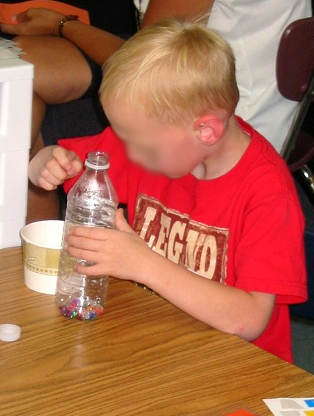
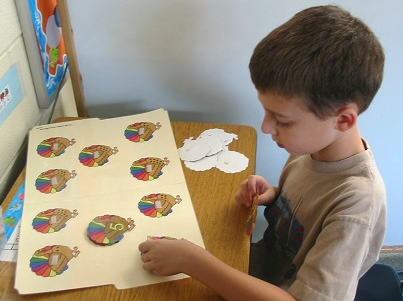
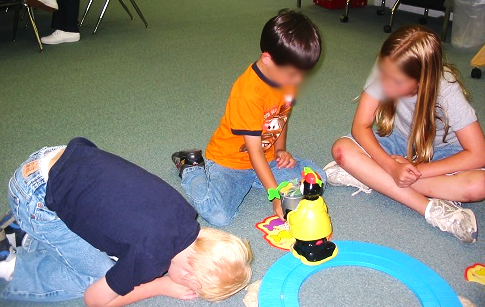
Below are some free stories I have used in the past. Click on the buttons below to download them for free. If you find this strategy works for you, try writing your own stories. It is quick and easy to do!

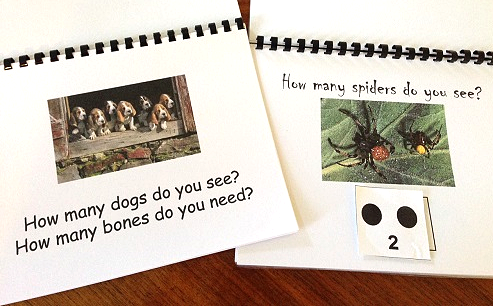
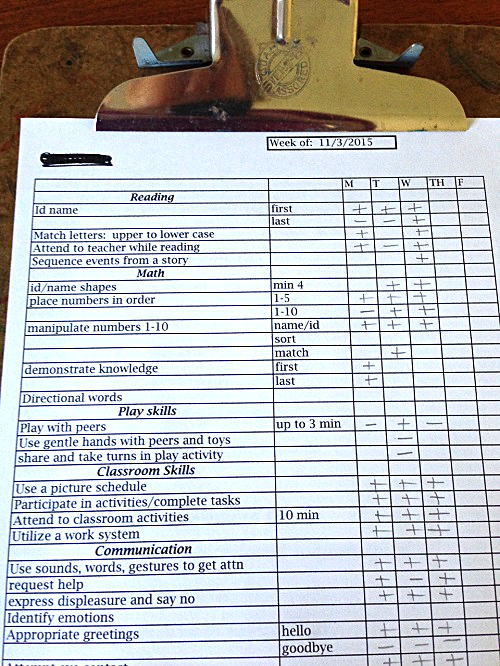

One Comment
Any time we can add literacy to math lessons, it’s a win! Thank you for linking up at my Teaching Tuesday link up party. I appreciate it!
Comments are closed.